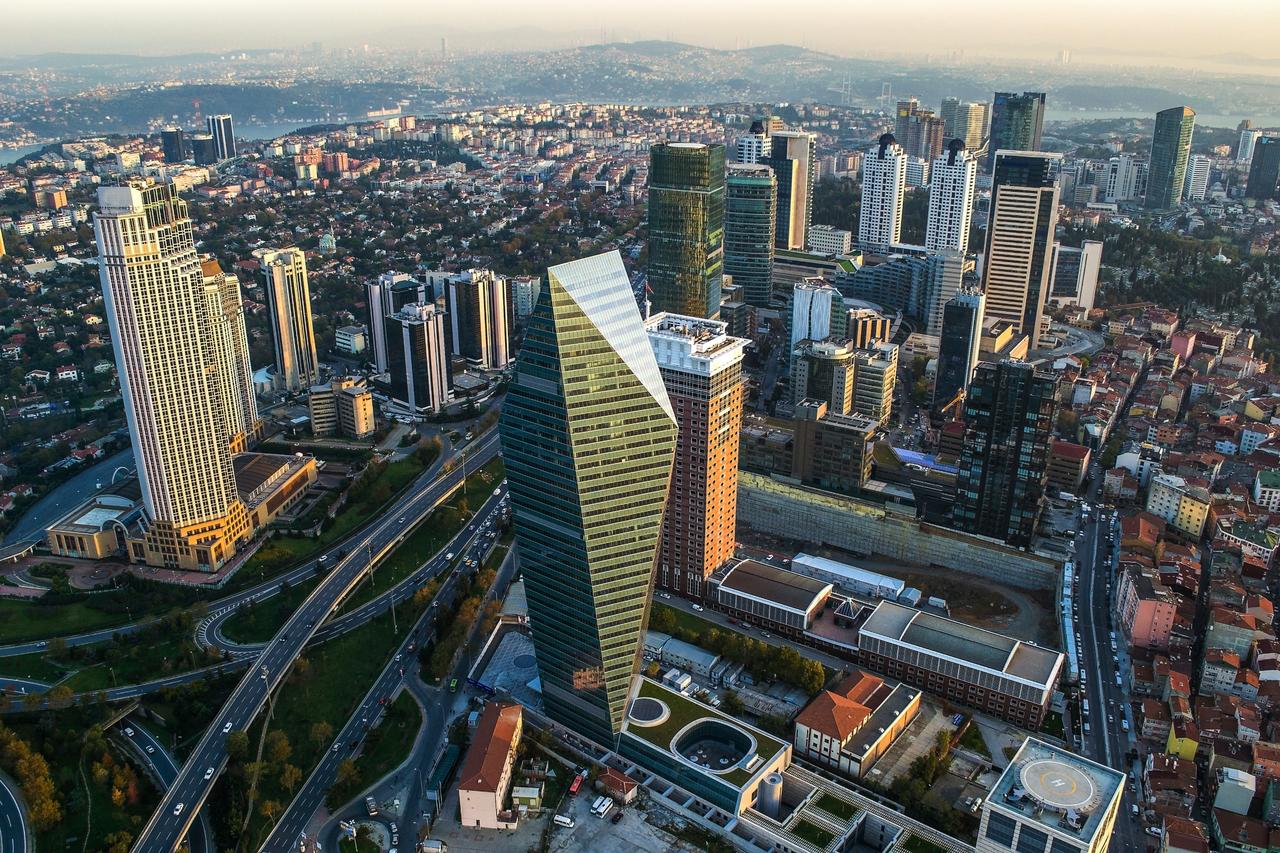
A 3.8 magnitude earthquake struck near Silivri in Istanbul, raising concerns about continuing seismic risk in the region. The tremor, recorded at a depth of 8 kilometers (4.9 miles), was felt widely, particularly on Istanbul’s European side.
Earth scientist Sukru Ersoy said the quake could be an aftershock of the larger 6.2 magnitude earthquake that hit the area on April 23. He emphasized that the danger of a major earthquake in the Marmara region has not passed.
“These smaller quakes are messages, and we must heed them. The nearest parts of the North Anatolian Fault are Silivri and its western areas,” Ersoy told local media. He emphasized the importance of earthquake preparedness, particularly in reinforcing the region’s vulnerable building stock.
Meanwhile, geologist Naci Gorur highlighted increased stress on the Kumburgaz Fault, a segment previously broken by the 6.2 quake. “The Kumburgaz Fault is under strain, and the stress zone is changing. Local and central authorities must remain vigilant,” he warned via social media.
The Marmara region’s complex tectonics and population density mean earthquake risk remains high. Experts urge continued preparedness despite recent tremors.